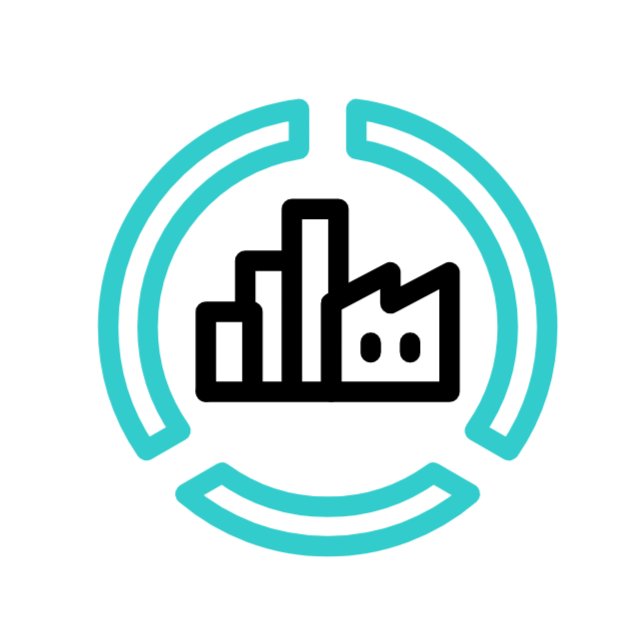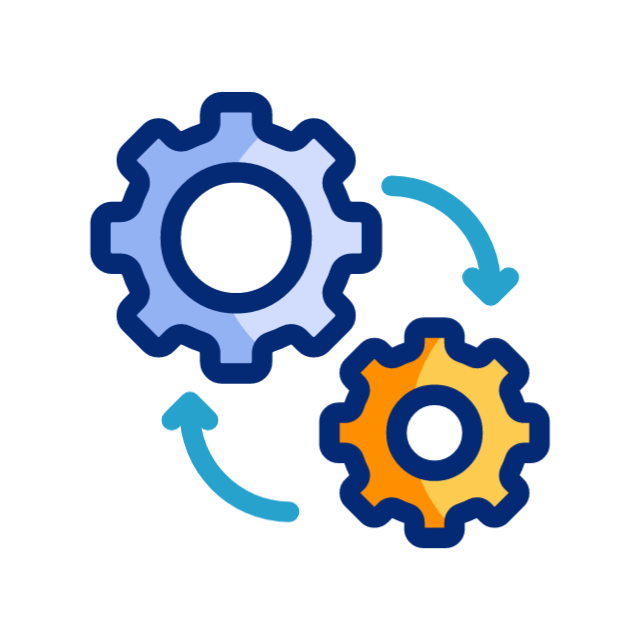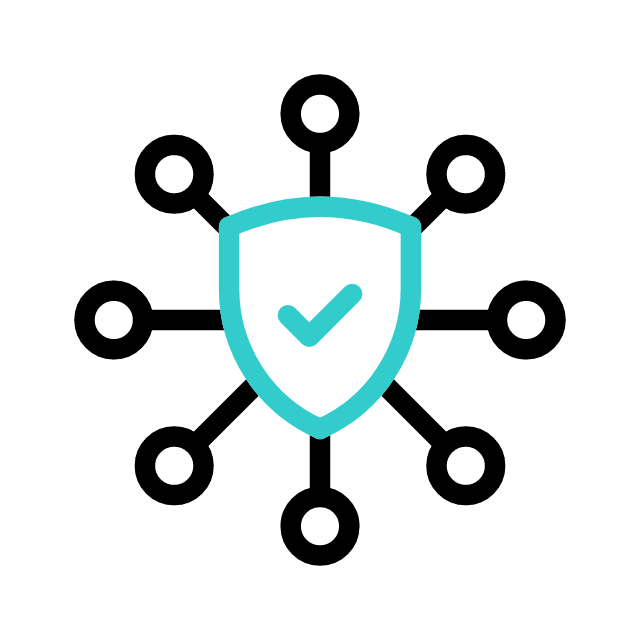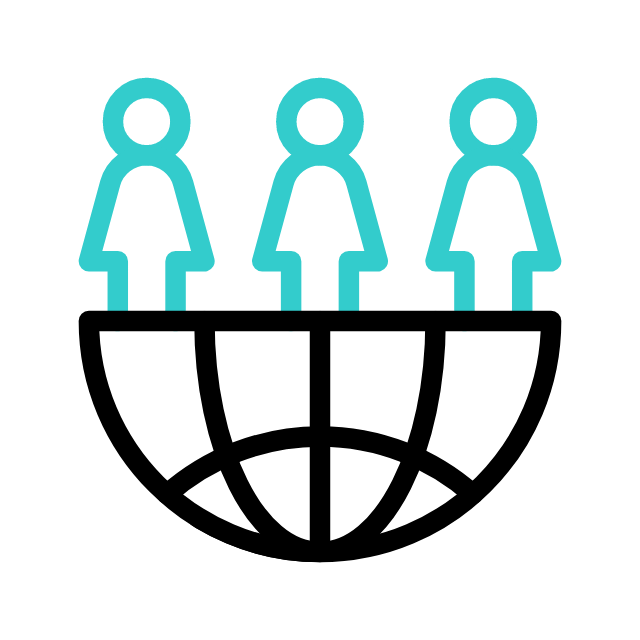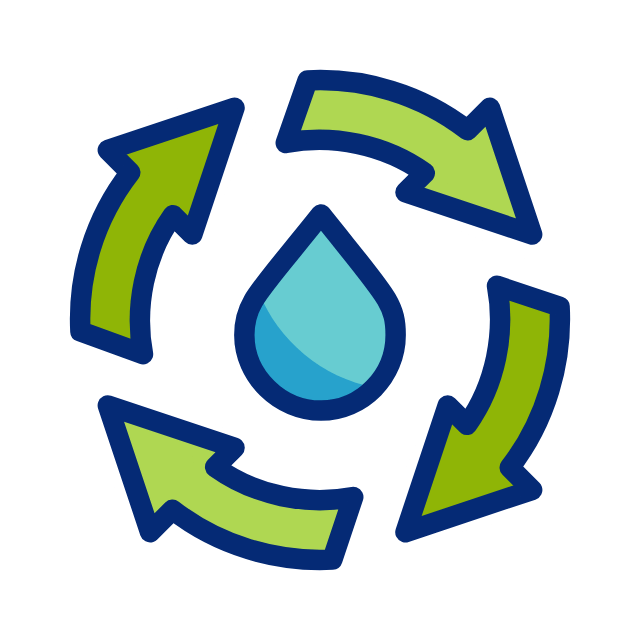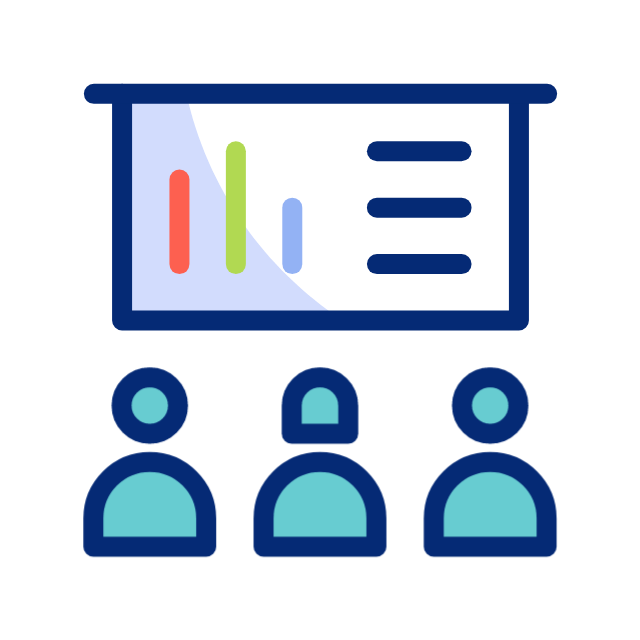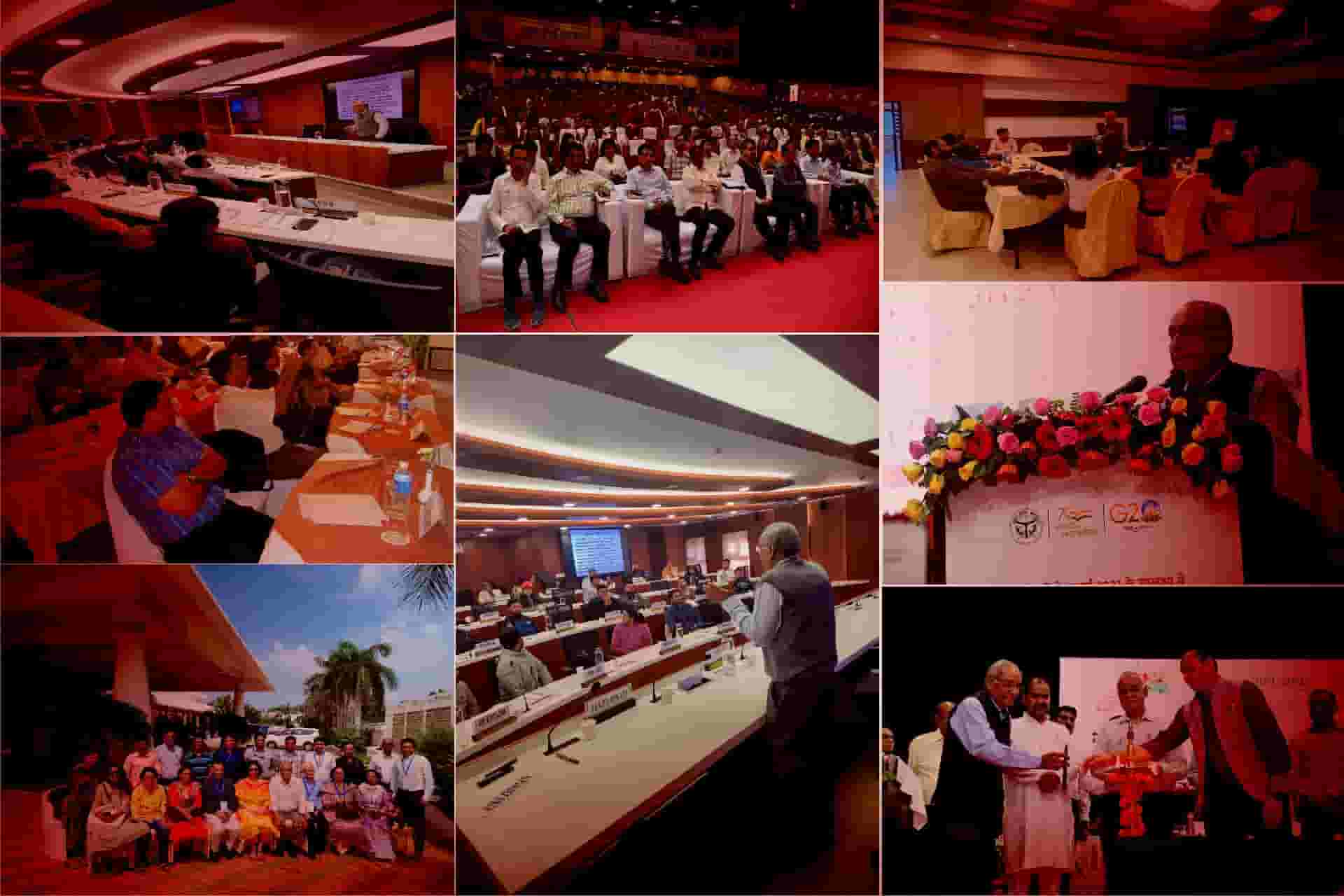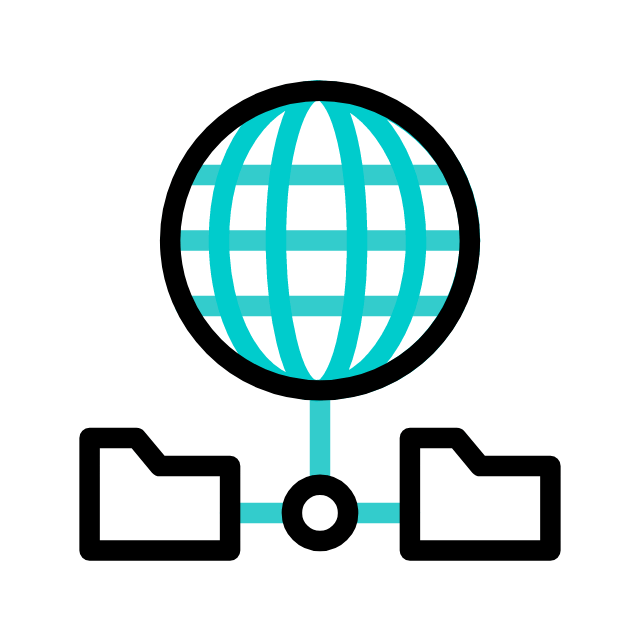
Benefits of Information Technology Management
- Increased Efficiency and Productivity:
- Automating routine tasks and streamlining business processes can significantly increase operational efficiency and employee productivity.
- IT systems enable better communication, collaboration, and data sharing across departments, reducing time spent on manual tasks.
- Cost Reduction:
- Implementing efficient IT systems can reduce operational costs by minimizing manual labor, reducing errors, and optimizing resource utilization.
- Cloud computing and virtualization can lower hardware and maintenance expenses.
- Improved Decision-Making:
- Access to real-time data and advanced analytics tools enables informed decision-making based on accurate and up-to-date information.
- Business intelligence systems can provide insights into market trends, customer behavior, and internal performance metrics.
- Enhanced Security:
- IT management includes implementing robust cybersecurity measures to protect sensitive data from breaches, malware, and other cyber threats.
- Regular updates, patches, and security protocols help ensure compliance with industry regulations and standards.
- Better Customer Service:
- IT systems such as Customer Relationship Management (CRM) software help manage customer interactions, track customer feedback, and improve service delivery.
- Enhanced data management allows for personalized customer experiences and faster response times.
- Scalability and Flexibility:
- IT infrastructure can be scaled up or down based on the organization’s needs, allowing for flexibility in resource allocation.
- Cloud services enable businesses to quickly adapt to changes in demand without significant upfront investments.
- Innovation and Competitive Advantage:
- IT management fosters innovation by integrating emerging technologies such as artificial intelligence, machine learning, and the Internet of Things (IoT).
- Staying ahead of technological trends can provide a competitive edge in the market by enabling new products, services, and business models.
- Improved Data Management:
- Effective IT management ensures that data is accurately collected, stored, and analyzed, facilitating better data governance and integrity.
- Data management systems enable easy access to information, enhancing decision-making and strategic planning.
- Compliance and Risk Management:
- IT management ensures compliance with legal and regulatory requirements by implementing necessary controls and reporting mechanisms.
- Risk management frameworks help identify, assess, and mitigate IT-related risks, reducing the likelihood of disruptions and data breaches.
- Enhanced Communication and Collaboration:
- IT systems facilitate better communication within and outside the organization through email, instant messaging, video conferencing, and collaboration platforms.
- Collaborative tools like shared workspaces and project management software improve teamwork and project coordination.
- Business Continuity and Disaster Recovery:
- IT management includes planning and implementing disaster recovery and business continuity strategies to ensure operations can continue during and after a disruption.
- Backup systems and redundancy reduce the risk of data loss and operational downtime.
- Resource Optimizatio
- IT management ensures optimal use of IT resources, including hardware, software, and human capital, by aligning them with business needs and priorities.
- Efficient resource management reduces waste and enhances the overall return on investment in IT infrastructure.
Overall, effective Information Technology Management is crucial for modern organizations to enhance their operational capabilities, maintain competitiveness, ensure security, and drive innovation and growth.
What is Information Technology Management?
Information Technology Management (ITM) refers to the process of overseeing all aspects of an organization’s information technology (IT) resources to ensure they are aligned with and support the organization’s strategic goals and operational needs. This involves the planning, implementation, management, and monitoring of IT infrastructure, systems, and processes. The primary goal of ITM is to maximize the value derived from IT investments while ensuring the security, reliability, and efficiency of IT operations.
Key components of Information Technology Management include:
- IT Strategy and Planning:
- Developing an IT strategy that aligns with the organization’s overall business strategy.
- Planning for future IT needs based on technological trends, business growth, and market demands.
- IT Governance:
- Establishing policies, procedures, and standards for the use and management of IT resources.
- Ensuring compliance with legal, regulatory, and industry standards.
- IT Infrastructure Management:
- Managing the organization’s IT infrastructure, including hardware, software, networks, and data centers.
- Ensuring that IT infrastructure is reliable, scalable, and secure.
- IT Service Management:
- Implementing best practices for delivering IT services, often guided by frameworks like ITIL (Information Technology Infrastructure Library).
- Managing the lifecycle of IT services, from design and deployment to maintenance and support.
- Cybersecurity Management:
- Protecting the organization’s IT assets from cyber threats through robust security measures.
- Implementing security policies, conducting risk assessments, and ensuring data privacy.
- Data Management:
- Overseeing the collection, storage, and use of data within the organization.
- Ensuring data integrity, accessibility, and compliance with data protection regulations.
- Application Management:
- Managing the development, deployment, and maintenance of software applications.
- Ensuring that applications meet user requirements and support business processes effectively.
- IT Project Management:
- Planning, executing, and monitoring IT projects to ensure they are completed on time, within budget, and meet defined objectives.
- Using project management methodologies to manage resources, timelines, and deliverables.
- IT Budgeting and Financial Management:
- Managing the IT budget, controlling costs, and ensuring that IT investments provide value to the organization.
- Conducting cost-benefit analyses and financial planning for IT initiatives.
- Vendor and Supplier Management:
- Managing relationships with IT vendors and suppliers to ensure the delivery of quality products and services.
- Negotiating contracts, monitoring performance, and ensuring compliance with agreements.
- User Support and Training:
- Providing technical support to end-users to resolve IT issues and ensure efficient use of IT systems.
- Offering training programs to enhance user skills and knowledge.
- Innovation and Emerging Technologies:
- Monitoring emerging technologies and assessing their potential impact on the organization.
- Implementing innovative solutions to improve business processes and maintain competitive advantage.
Effective ITM ensures that an organization’s IT resources are used efficiently and effectively, supporting its goals, enhancing productivity, and providing a competitive edge in the market.

